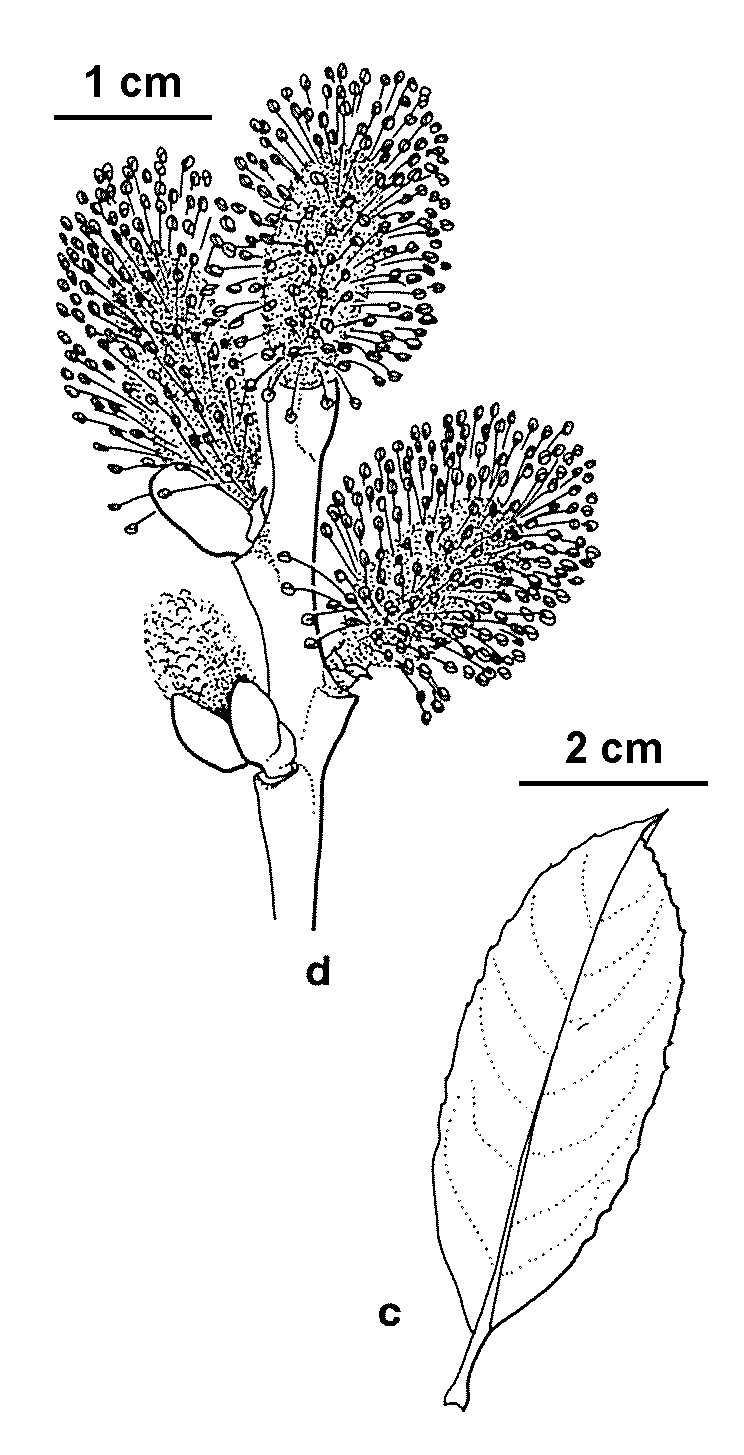Salix cinerea
L.Shrub or tree to c. 10 m high, many-stemmed, occasionally with a short trunk; crown generally rounded or dome-shaped; bark grey-brown, ultimately fissured. Leaves ovate, obovate to elliptic or ovate-lanceolate, at first pubescent on both sides, glaucous below; base cuneate or rounded-cuneate; stipules (when present) broadly ear-shaped, persistent or caducous, to 8 mm long. Catkins appearing before leaves, subsessile, erect, dense-flowered, 1.2–2.8 cm long, 1.3–1.8 cm wide; catkin-scales 1.5–2.5 mm long, dark brown; stamens 2; ovary 2–2.5 mm long, prominently stalked, densely pubescent. Capsule 5.5–9 mm long.
VVP, VRiv, GipP, OtP, WaP, Gold, CVU, NIS, EGL, EGU, HSF, HNF, OtR, Strz, MonT, VAlp.
Reproduction is largely by seed (unlike most Victorian Salix).
2 subspecies, both in Victoria.
Carr, G.W. (1996). Salix. In: Walsh, N.G.; Entwisle, T.J., Flora of Victoria Vol. 3, Dicotyledons Winteraceae to Myrtaceae, pp. 387–398. Inkata Press, Melbourne.
 Spinning
Spinning




